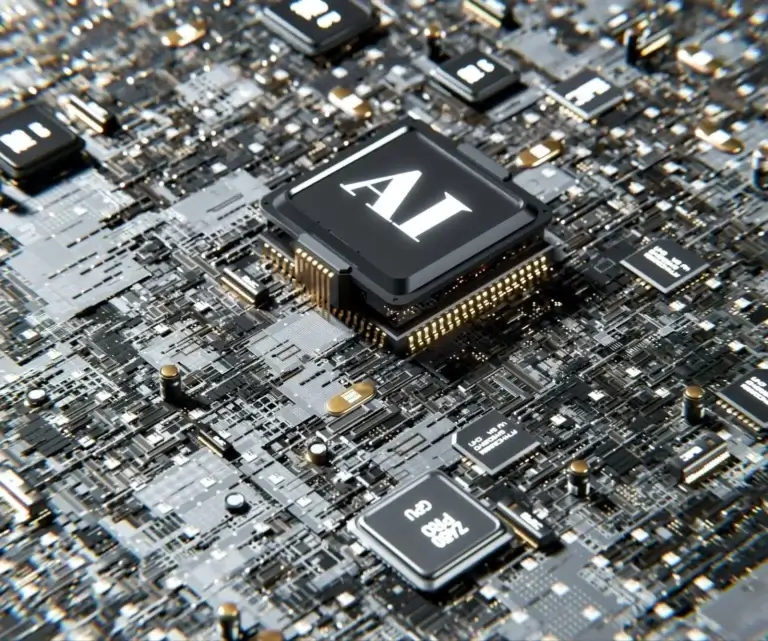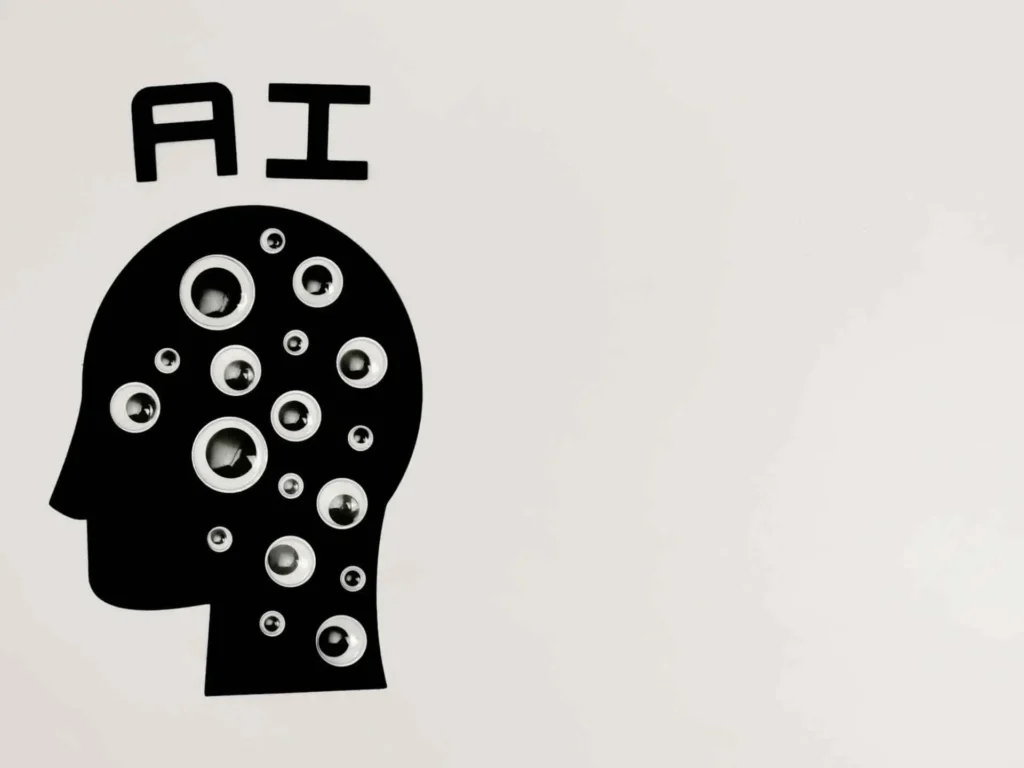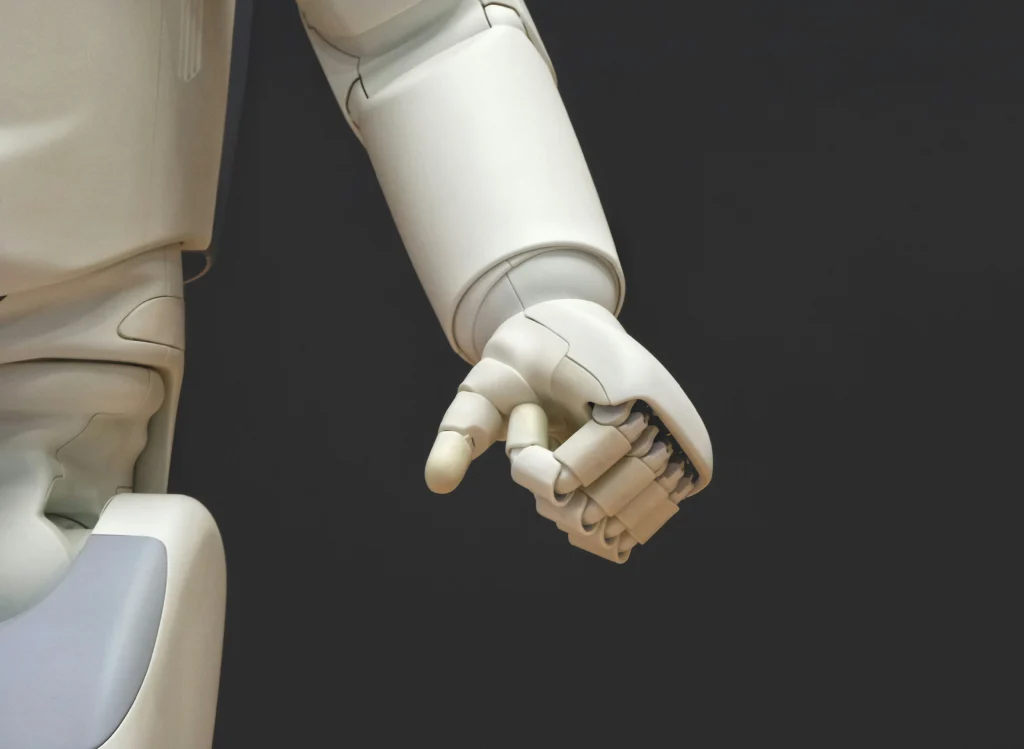Artificial Intelligence (AI) has revolutionised business operations. It offers quick scalability and a range of innovative capabilities. However, with the rise of AI, ethical concerns have emerged that business owners and marketers cannot afford to ignore. While algorithms power AI, human oversight remains essential to ensure these technologies operate ethically and responsibly.
This article explores the importance of the human touch in ethical AI implementation. It emphasises that ethical AI goes beyond data and code. It unpacks how human involvement – often referred to as “human in the loop AI” – can help bridge the gap between technology and responsible decision-making.
The Rise of AI and its Ethical Dilemmas
The adoption of AI in industries like marketing, finance, healthcare and e-commerce has been swift and widespread. AI helps automate repetitive tasks, offers data-driven insights and enhances customer experiences. It is now a valuable asset for businesses. However, this rapid adoption has led to increasing concerns about the ethical implications of AI.
Some of the most pressing ethical challenges include:
- Data Privacy: AI systems use large amounts of data, which raises concerns about how the data is collected, stored and used. Businesses must ensure they are protecting user privacy, especially with regulations like the GDPR in place.
- Bias and Discrimination: AI models can unintentionally continue the biases found in the data they are trained with. If a dataset reflects societal biases—such as gender or racial discrimination—the AI can produce biased outcomes. This can harm both businesses and consumers.
- Transparency: AI systems, particularly complex ones, can be challenging to understand. Known as ‘black-box’ AI, these systems can make decisions that are difficult to explain. This complicates accountability and trust.
These issues highlight the need for ethical AI – AI systems that are developed and deployed with ethical considerations at the forefront. While algorithms are the core drivers of AI, they alone cannot guarantee that these systems operate ethically. This is where human oversight becomes crucial.
Why Algorithms Alone Can’t Solve Ethical Challenges
Many businesses make the mistake of assuming that AI systems, once implemented, can run autonomously without any human intervention. However, this belief overlooks one of the most significant limitations of AI. The fact is that it lacks the ability to make value-based decisions.
Algorithms, while sophisticated, are only as good as the data they are trained on. If this data is incomplete or biased, the AI will replicate these flaws in its outputs. For example, an AI system used in hiring might favour male candidates if the historical data is skewed towards men being hired for certain roles. This highlights the importance of diverse and representative data, as well as regular audits of AI models.
Moreover, some AI systems operate as “black boxes.” This means their decision-making processes are so complex that even the engineers who designed them struggle to understand how certain decisions are made. This lack of transparency can be problematic, particularly in sectors where accountability is crucial, such as finance or healthcare. Without transparency, businesses risk losing consumer trust. This is especially true when the outcomes of AI systems have a direct impact on people’s lives.
This is why human in the loop AI is critical. Incorporating human oversight into the AI decision-making process can create fairer AI systems. This means increased transparency and more alignment with ethical standards.

The Human Role in Ethical AI Implementation
So, where exactly do humans fit into the ethical AI framework? In a nutshell, humans provide context, empathy and judgement. These are all qualities that AI, despite its computational power, lacks.
Judgement and Context:
Humans can understand the broader context behind data. This makes them better equipped to recognise when AI systems produce biased or unethical outcomes. For instance, if an AI model is used to make lending decisions and begins to favour one demographic group over another, human oversight is essential to identify and correct the bias.
Ethical AI Frameworks:
AI engineers and data scientists need to work with policymakers and business leaders to create ethical guidelines for AI. These guidelines should cover how AI is designed, the data it uses and how it is tested for fairness and accuracy. Involving diverse teams in AI development can lead to more fair and inclusive solutions.
Accountability:
While AI can automate many processes, it cannot bear responsibility for its actions. Ultimately, humans must be held accountable for the decisions made by AI systems. This is why businesses need to establish clear accountability structures, such as appointing AI ethics officers or forming ethics committees that oversee the development and deployment of AI.
In short, human AI collaboration is essential to creating ethical AI systems. By involving humans at key stages of the AI lifecycle, businesses can mitigate risks and ensure that AI systems align with their values and goals.
Practical Steps for Implementing Ethical AI
Now that we understand the importance of human oversight in ethical AI, how can businesses implement these principles in practice? Below are some practical steps to help guide businesses on their journey to ethical AI:
- Use Diverse Data Sets: The quality of an AI system is largely determined by the data it is trained on. By using diverse and representative data sets, businesses can reduce the likelihood of biased outputs. This includes considering different demographics, such as gender, race and socioeconomic status, in the training data.
- Conduct Regular Audits: AI systems should undergo regular audits to assess their ethical implications. These audits should evaluate whether the AI is producing fair and transparent results, as well as whether it complies with relevant regulations and ethical guidelines.
- Establish Clear Guidelines: Businesses should develop clear, written guidelines for how AI systems are used and how ethical concerns are addressed. These guidelines should be communicated both internally (to employees) and externally (to customers), so that there is transparency around how AI is being utilised.
- Provide AI Training for Staff: Employees need to be trained not only in how to use AI systems but also in how to understand the ethical considerations that come with AI. This training will empower employees to recognise potential ethical issues and ensure that they are addressed in a timely manner.
- Promote Human AI Collaboration: AI should complement, not replace, human intelligence. For example, in marketing, AI can analyse vast amounts of customer data, but human marketers can interpret this data in a way that aligns with the company’s values and objectives. This collaboration ensures that businesses can leverage AI’s capabilities without losing the human touch.

Case Studies of Ethical AI in Action
Even the largest tech companies recognise the importance of ethical AI and are taking steps to ensure that their AI systems are used responsibly. Business owners and marketers can follow suit by adopting similar ethical oversight strategies for their AI initiatives.
Let’s take a look at some real-world examples of ethical AI in action:
Google’s AI Principles:
In response to ethical concerns, Google developed its own AI principles to ensure that its AI technologies benefit society. These principles prohibit the use of AI for harmful purposes, such as building weapons or enabling mass surveillance and promote fairness and inclusivity in AI development.
IBM’s AI Ethics Board:
IBM has taken a proactive approach to ethical AI by establishing an Ethics Board. This board oversees the company’s AI projects, ensuring that they adhere to ethical guidelines. By implementing this oversight, IBM is able to avoid potential ethical pitfalls and maintain consumer trust.
The Future of AI Ethics and the Role of Humans
As AI advances, the ethical challenges it brings will also grow. Governments and regulatory bodies around the world are already beginning to introduce policies that govern the use of AI. Businesses must stay ahead of these developments by incorporating ethical AI practices into their operations.
However, no matter how advanced AI becomes, one thing is certain: humans will always play a crucial role in ensuring that AI operates ethically. Machines can process data and make predictions, but it is human judgement, empathy and context that will ultimately guide AI’s use in a way that benefits society.
For businesses, this presents both a challenge and an opportunity. By embracing ethical AI and fostering human AI collaboration, companies can build trust with their customers, enhance their brand reputation and lead the charge in creating a responsible, AI-driven future.
Looking Forward
As we move into a future increasingly shaped by AI, businesses must not lose sight of the importance of the human touch in ethical AI implementation. Algorithms alone are not enough to guarantee fairness and accountability. But by embracing ethical AI and incorporating human oversight through human in the loop AI, businesses can ensure that their AI systems align with their values and goals.
The future of AI is bright, but only if we take responsibility for guiding it in the right direction. Now is the time for business owners and marketers to step up, lead by example and shape a future where AI serves the greater good.
Recent Posts
-
Published on: September 23, 2025
-
Published on: September 16, 2025
-
Published on: September 9, 2025







